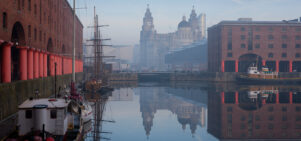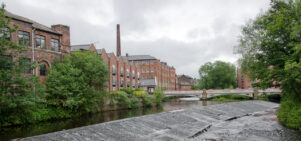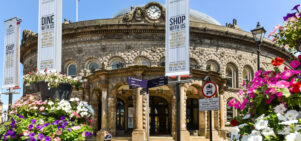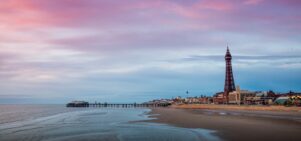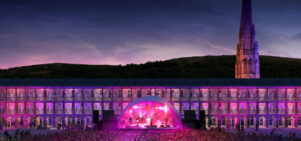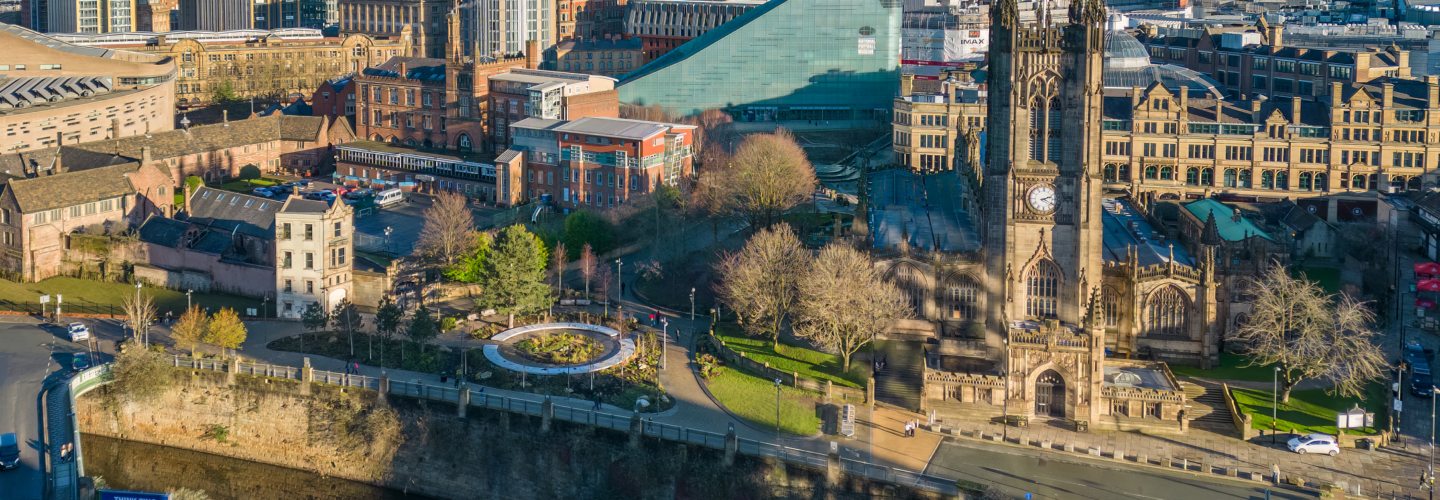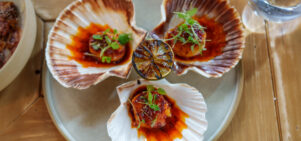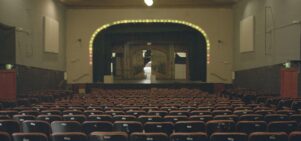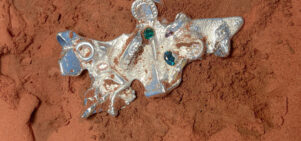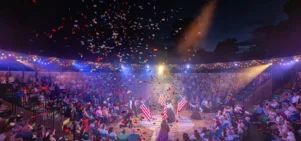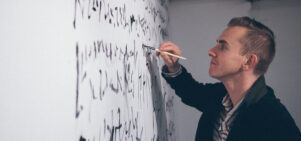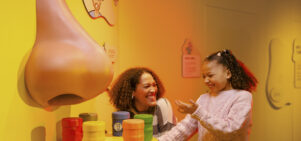B/Q Roland Barthes and Magnus Quaife at Castlefield Gallery: Review
Claire WalkerCastlefield Gallery’s latest exhibition sees artist Magnus Quaife inspired by theorist Roland Barthes, inspired in turn by painter Cy Twombly. Confused? Here’s our review.
Castlefield Gallery’s series of Head to Head exhibitions aims to explore the relationship between two artists’ practice; this time around B/Q: Roland Barthes and Magnus Quaife (4 Dec – 31 Jan) sees artist Magnus Quaife exploring French philosopher and literary theorist Roland Barthes’ major preoccupations – and his lesser-known painterly streak.
The exhibition explores Barthes’ fascination with fragmentation and the act of unmaking; deconstruction was Barthes’ go-to approach and one that was reflected in his love for the work of abstract artist Cy Twombly. So the exhibition not only sees an echo between Barthes’ method and Quaife’s own work, it also, at points, captures Twombly’s artistic gestures too. The result is a multi-layered collection of works across two floors of the gallery.
An exploration of Barthes’ work, documented by Quaife in painterly language
The exhibition doesn’t contain anything actually in Barthes’ hand; instead it is an exploration of Barthes’ work, documented by Quaife in painterly language. Quaife begins by acquainting himself with Barthes the writer, referencing his work in literary theory within two separate portraits of Barthes. There are also two small echoes of Barthes’ own paintings and, downstairs, a diptych called LXVIII How an Orgy is Created where fragments of a poster of one of Twombly’s works is embedded into a heavily painting canvas.
At the exhibition opening, Quaife described the painstaking process of cutting around the gestural brushstrokes Twombly has used, attempting not to disrupt a line or swathe of paint. He then embedded the poster fragments onto the thick white paint of one canvas, before removing them to leave only their outline, and instead placing them on the surface of the twin canvas. On both, Quaife has used an impasto technique to leave the surface highly textured – the process of making feels present, while the pairing of the canvases a direct reference towards artistic echoes and duplication. It’s a succinct, if very large, gesture towards the aims of the exhibition itself – where the line between artist and inspiration begin to blur.

